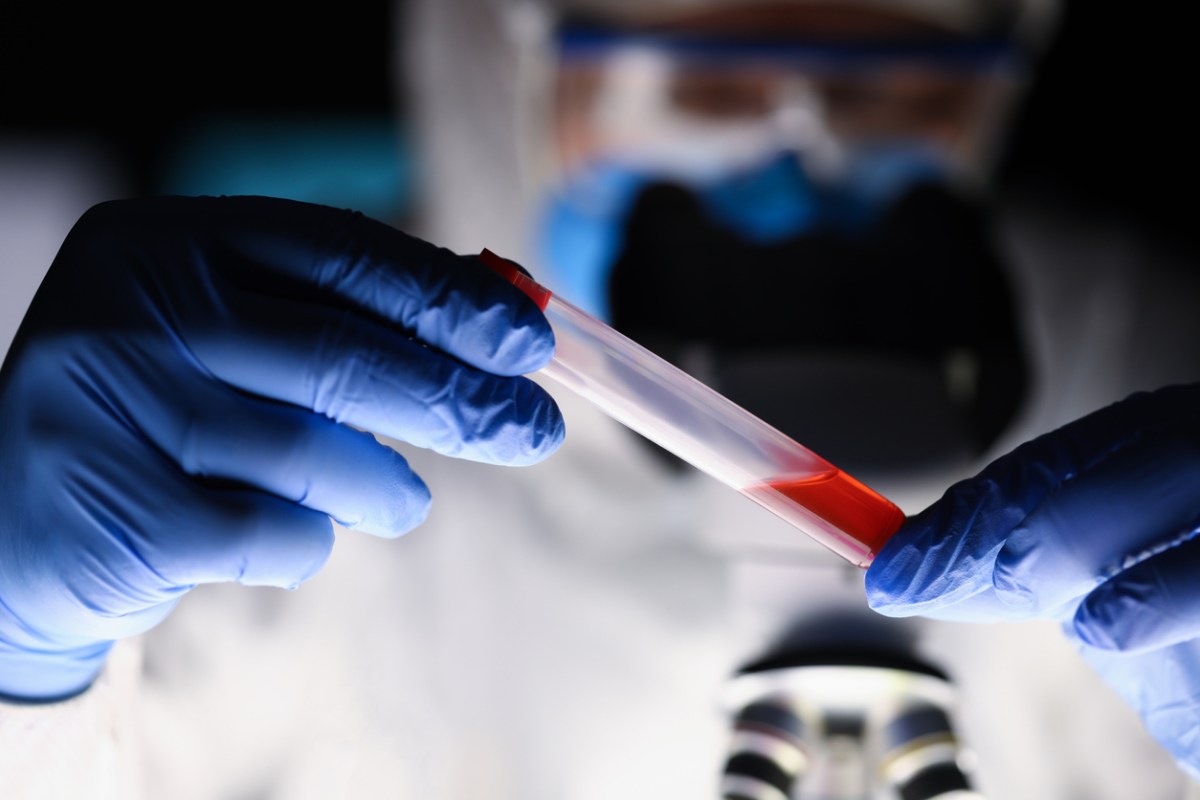A group of chemicals used in stain repellents and food packaging have been shown to expedite the breakdown of DNA, according to research published in the December 2023 issue of "Eco-Environment and Health."
What's happening?
Researchers at Jinan University used modern techniques (gel electrophoresis, ultraviolet-visible spectroscopy, and atomic force microscopy, among others) to analyze the relationship between perfluoroalkyl and polyfluoroalkyl substances (PFAS) — nicknamed "forever chemicals" because of their persistence — and environmental DNA (eDNA) molecules.
Before 2023, interactions between PFAS and DNA went largely unexplored.
The study's results were shocking: Even low concentrations of PFAS (0.02 mg/L) speed up eDNA molecules' degradation.
Why is this important?
PFAS are used worldwide for packaging food, as a key ingredient in stain repellents, and for putting out house fires, among other use cases. This is because the acids are thermal-resistant, water-repellent, and oil-repellent.
That makes PFAS great for keeping food on shelves longer but a serious threat to the waterways — including tap water — and communities it has contaminated worldwide.
Accelerating DNA's destruction has far-reaching implications for all life on earth, including human life. DNA acts as an instruction manual for the creation and development of all living things and is critical for ecosystem biodiversity.
According to the study's global ecological risk evaluation, the United States, Canada, and China are at medium-to-high molecular ecological risks due to the prevalence of PFAS in these countries. By identifying exactly how these substances impact DNA, researchers underscored the urgent need to limit further PFAS pollution.
"We've demonstrated for the first time the significant effect these substances have on accelerating DNA enzymatic degradation, a finding that could have far-reaching implications for understanding the ecological impact of these persistent pollutants," said Lei Xiang, a professor at Jinan University and a leading author of the study.
What's being done about PFAS?
PFAS have been on environmental scientists' and toxicologists' radar since 2000, when one such acid was used as a key ingredient in Scotchgard stain repellent. Since then, toxicologists have made headway in their understanding of PFAS — the first step in coming up with an environmentally friendly substitute.
Policymakers who invest in safe disposal programs also prevent further contamination, and health-conscious consumers increasingly demand PFAS-free products, propelling companies to eliminate their use.
If you'd like to join their ranks, avoid products that use Teflon, which contains PFAS, support bans on PFAS in food packaging and compostable tableware, and encourage legislators to designate PFAS as hazardous substances. These daily choices may seem small, but they add up to real change.
Staying informed on emerging research about "forever chemicals" keeps their risks top of mind. Our purchases, voices, and votes steer companies and legislators toward solutions.
Join our free newsletter for weekly updates on the coolest innovations improving our lives and saving our planet.









